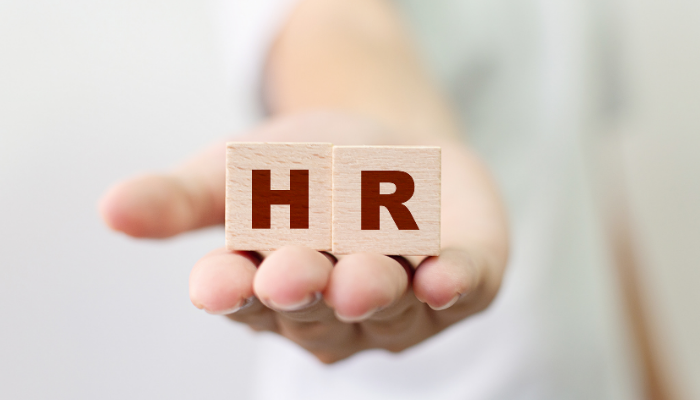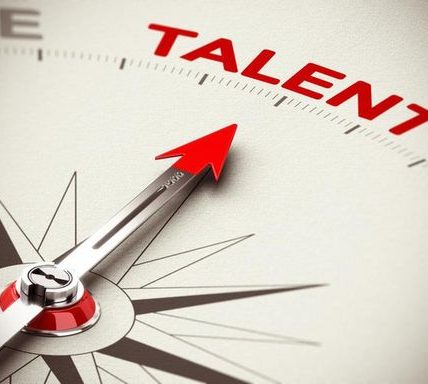Human Resource (HR) activities are integral to the success and sustainability of any organization. HR functions encompass a wide range of responsibilities that ensure the effective management and development of an organization’s most valuable asset: its people. From recruitment and onboarding to employee development and compliance, HR activities are designed to create a positive work environment, foster employee engagement, and drive organizational performance. This comprehensive guide explores the major functions of HR activities, highlighting their importance and best practices for implementation.
Recruitment and Selection
Recruitment and selection are the foundational functions of HR. This process involves attracting, sourcing, and selecting candidates best suited to the organization’s needs. Creating a strong employer brand is crucial for attracting top talent. Organizations can utilize various sourcing channels, such as job boards, social media, recruitment agencies, and employee referrals, to reach a wide pool of candidates. Crafting compelling job descriptions that clearly outline the role, responsibilities, and benefits of working with the company helps attract the right candidates.
Onboarding and Orientation
Onboarding and orientation are crucial for integrating new hires into the organization and setting the stage for their success. A structured onboarding program includes orientation sessions, training, and introductions to key team members and company processes. Assigning a mentor or buddy to new employees provides them with guidance and support during their initial months. Communicating job expectations, performance goals, and organizational values helps new hires understand their role and how they contribute to the company’s success.
Employee Development and Training
Employee development and training are essential for enhancing skills, knowledge, and competencies to drive individual and organizational growth. Regular assessments to identify skill gaps and training needs within the organization is important. Offering a variety of learning methods, including online courses, workshops, seminars, and on-the-job training, accommodates different learning styles. Creating personalized career development plans for employees outlines their career goals and the steps needed to achieve them.
Performance Management
Performance management involves setting goals, providing feedback, evaluating performance, and supporting employee development. Setting Specific, Measurable, Achievable, Relevant, and Time-bound (SMART) goals offers clear direction and expectations. Regular check-ins and feedback sessions help discuss progress, address challenges, and recognize achievements. Formal performance reviews evaluate employee performance, identify areas for improvement, and set development plans.
Compensation and Benefits
Compensation and benefits play a significant role in attracting and retaining talent. Offering competitive compensation packages that are aligned with industry standards and reflect the value of employees’ contributions is crucial. This includes salary structures, bonuses, incentives, and benefits that reward employees for performance and loyalty.
Employee Engagement and Retention
Employee engagement and retention focus on creating a positive work environment where employees are motivated, committed, and satisfied. Implementing recognition and reward programs to acknowledge and celebrate employee achievements and contributions is essential. Promoting work-life balance through flexible work arrangements, wellness programs, and support for personal and family needs enhances employee well-being.
Employee Relations
Employee relations involve managing relationships between the organization and its employees, addressing concerns, resolving conflicts, and maintaining a positive work environment. Fostering open communication channels where employees feel comfortable sharing their concerns and feedback is important. Implementing effective conflict resolution processes to address and resolve workplace issues promptly and fairly is crucial.
Compliance and Legal Issues
Ensuring compliance with labor laws, regulations, and organizational policies is critical to minimizing legal risks and maintaining a fair and equitable workplace. Keeping up-to-date with changes in labor laws and regulations is essential for ensuring compliance. Developing clear and comprehensive HR policies and procedures that comply with legal requirements and communicating them to employees helps maintain transparency and fairness.
Visit this blog: HR strategy process
Health and Safety
Maintaining a safe and healthy work environment is essential for employee well-being and productivity. Developing and implementing safety programs that address workplace hazards and promote safe practices is important. Offering health initiatives such as wellness programs, fitness challenges, and mental health support promotes overall well-being.
HR Information Systems and Technology
Leveraging technology to streamline HR processes and improve efficiency is a growing trend in HR activities. Implementing HR Information Systems (HRIS) automates various HR functions such as payroll, benefits administration, performance management, and employee data management. This technology improves accuracy, reduces administrative workload, and provides valuable insights through data analytics.
Organizational Development and Change Management
Organizational development and change management are critical for adapting to market changes, technological advancements, and evolving business models. Developing strategies to manage organizational change and transformation effectively is essential. This includes preparing employees for change, addressing resistance, and ensuring that changes are implemented smoothly. Clear communication, training, and fostering a culture that embraces change are key components of successful change management.
Conclusion
Human Resource activities encompass a wide range of functions that are crucial for the effective management and development of an organization’s workforce. From recruitment and onboarding to employee development, performance management, and compliance, HR Life Cycle are designed to create a positive work environment, foster employee engagement, and drive organizational performance. Implementing best practices in each of these areas ensures that organizations can attract, develop, and retain top talent, achieve their business objectives, and maintain a competitive edge in the market.





